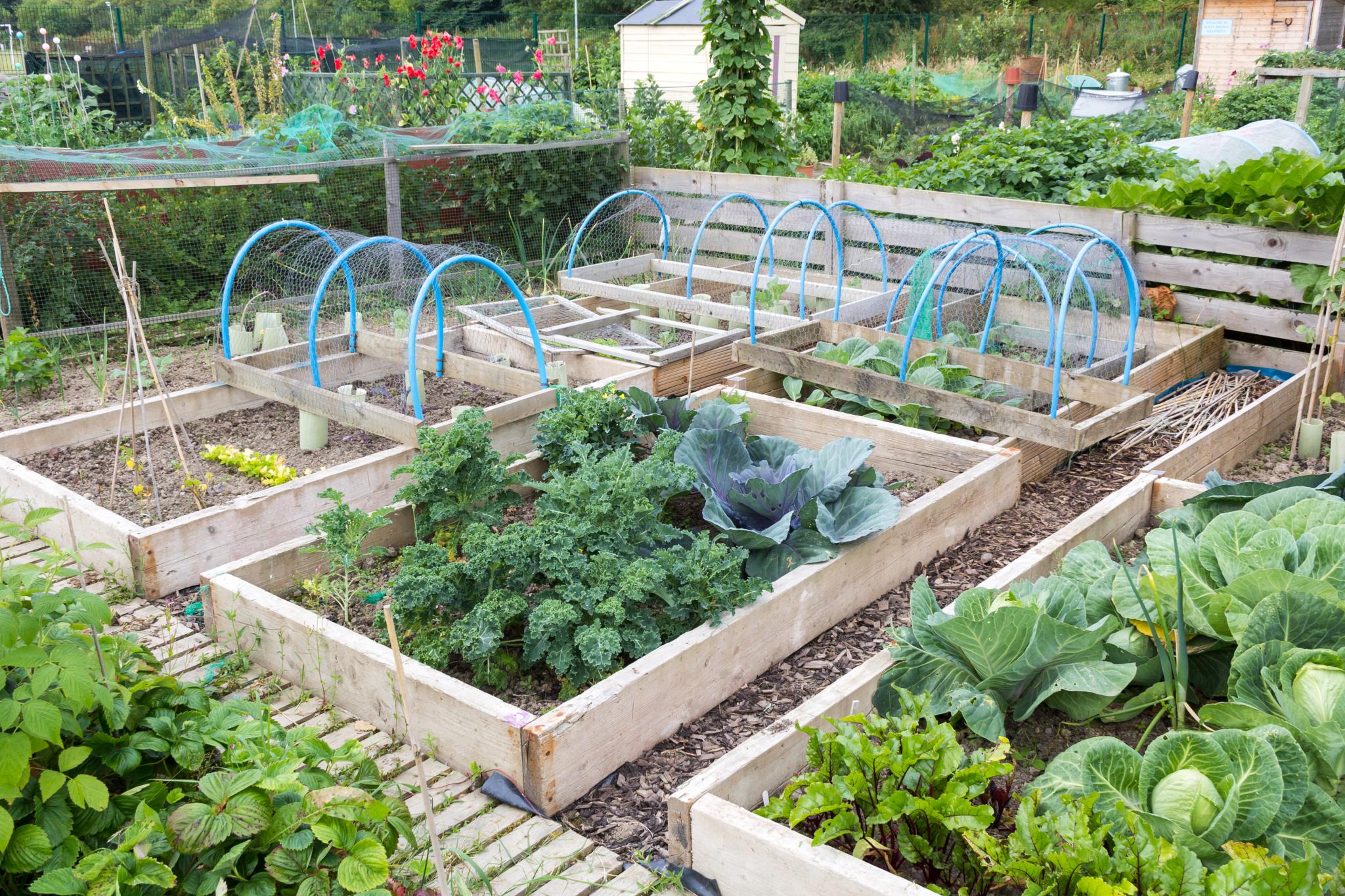Perhaps you’ve been eyeing beautiful vegetables all summer long at farm stands. Maybe you have a patch of lawn or weeds in a sunny backyard. Fall is a great time to start a new garden area for spring—without having to dig up the grass. So, if you’ve started thinking, “Hey, what about that garden next spring?,” here is some advice!
If you’ve long dreamed about having a small food garden, the fall is a great time to start thinking about it.
Small is beautiful
Every crop you decide to grow has specific requirements for space, sunlight, water, nutrition, and frost-free days to maturity. Every crop may encounter a variety of insect and mammal pests, as well as plant diseases that may attack roots, foliage, flowers, fruit—or the entire plant.
That’s why it’s important for new gardeners to learn as much as possible in advance, consult experienced gardeners, and start small, with a few easy-to-grow crops that are likely to succeed.
Some examples of easy-to-grow crops: green beans, summer squash/zucchini, tomatoes, lettuce, spinach, and perhaps some other salad greens. Here’s a great article on the best vegetables for a beginner’s garden.
Build on your successes by moving onto the more exotic crops another year.
Prepare your planting area
If you’re starting from scratch—a lawn or a patch of weeds—begin creating that garden space now. Fall is a great time to start a new garden area for spring (without having to dig up the grass).
Choose a spot that receives full sun most or all of the day. Start by mowing or weed-whacking the grass and weeds in the area of your planting bed.
The easiest (and most expensive) way to begin gardening: a raised bed or two. Although there are hundreds of commercial designs and DIY plans available, you don’t need an elaborate construction, just an enclosure that will hold about eight inches or more of soil. (Don’t use pressure-treated or painted wood or old railroad ties.)

Credit: Shutterstock
Then arrange your materials or construct the bed(s) to enclose the planting area you’ve chosen, and spread a thick layer of newspaper over the mowed planting area. You can wait until spring to create and add soil to your bed.
If you’ll be planting directly into the ground, buy enough high quality compost to spread an inch or two deep over the entire mowed planting area. Then cover the compost layer with two or three layers of cardboard or old newspapers. Top off the paper with a thick layer of straw, hay, or leaves. Alternatively, (see photo) you may find an area livestock farm that will give you some cast-off sheets of the heavy plastic mulch used to cover their silage piles during the winter. Keep the plastic from blowing away by securing it with cement blocks, bricks, or large rocks.
Either mulch will exclude light to smother existing vegetation and prevent new weeds from growing, as well as allowing heat to build up to begin decomposing the old plant material and give you a clean planting bed next spring.
When you’re ready to plant in April or May, you can either cut holes through the plastic or paper mulch, or remove the mulch entirely. Either way, dig in your fertilizer and soil amendments, water well, and plant.
Begin imagining your garden
Order some seed catalogs, which will start arriving in late December, and begin dreaming. You could also consult with neighbors, friends, and family members about varieties that have done well for them.
As you browse seed catalogs or seed company web sites, pay attention to the different varieties of vegetables. Promising words in a variety description that may indicate a crop suitable for beginners: easy to grow, widely adaptable, slow to bolt, highly productive, disease/insect/drought resistant, early maturing, long harvest season, compact growth habit.
Unless you have a greenhouse or a good indoor grow-lighting system, note that some vegetables are started from small plants (not seed), including: tomato, pepper, and broccoli plants. Look for a local nursery outlet that’s grown their own plants, and can tell you about each variety—its growth habit, days to maturity, color, shape, and flavor of the mature crop.
See the Almanacs’s Growing Guides.
Another excellent source of local gardening information: your county Cooperative Extension office. These branches of each state’s land-grant university system may have a toll-free information line, a long list of fact sheets on various gardening issues, or a series of workshops or mini-courses that offer hands-on training.
If it helps, get inspired by reading our gardening blog or enjoy some screen time watching how-to gardening videos.
One last, important note: Grow only what you and the people you feed really like. It’s unlikely you’ll learn to like something just because you grew it yourself.
Comments